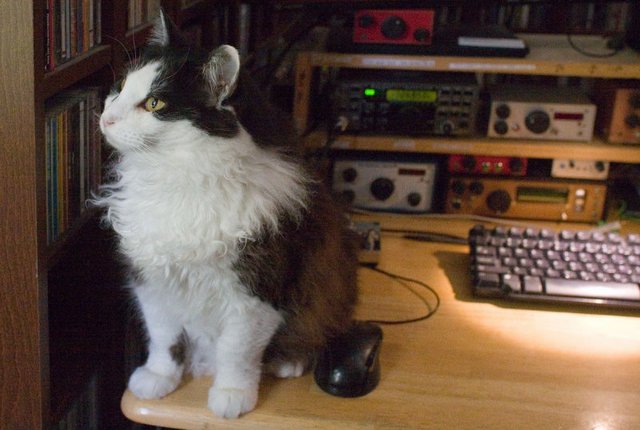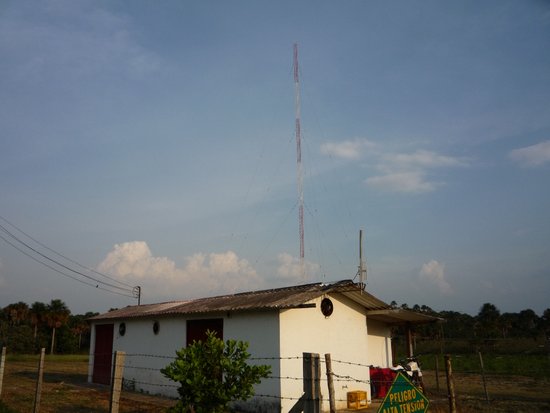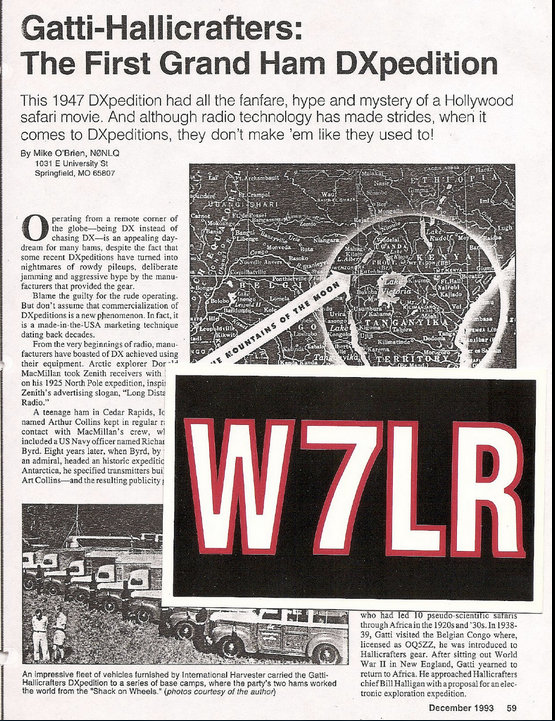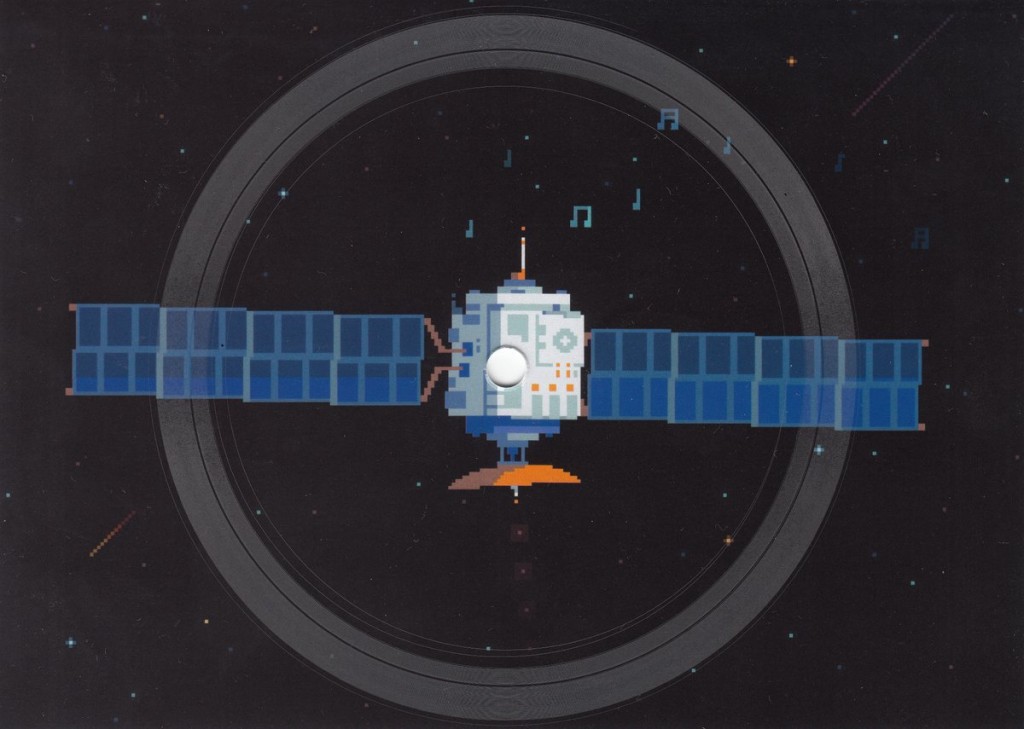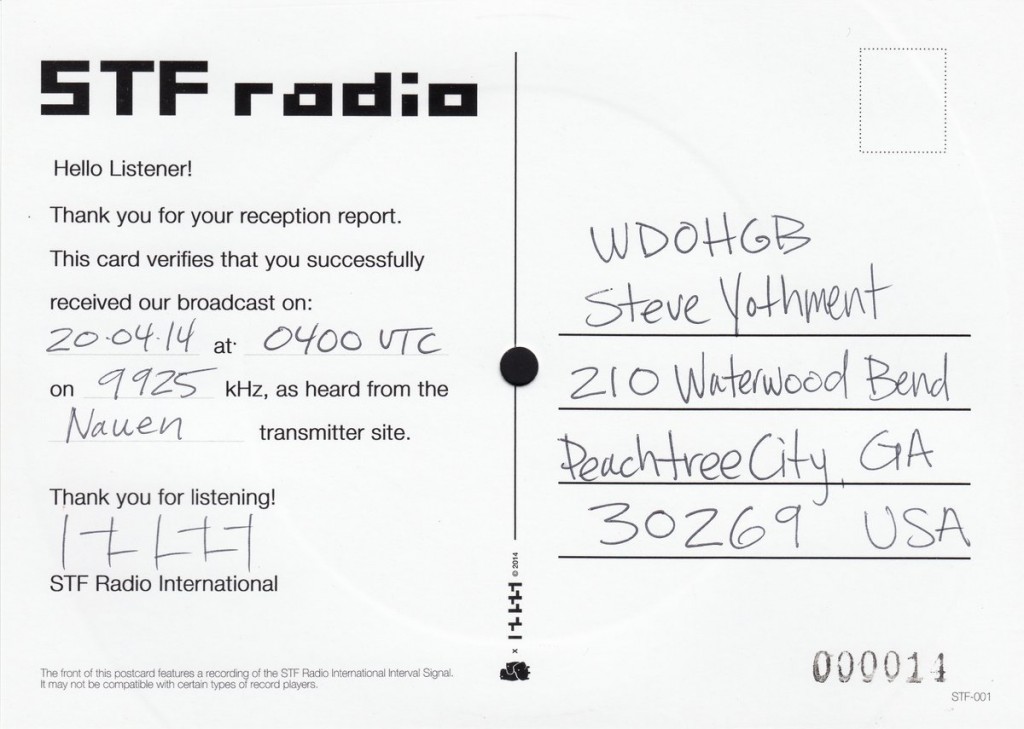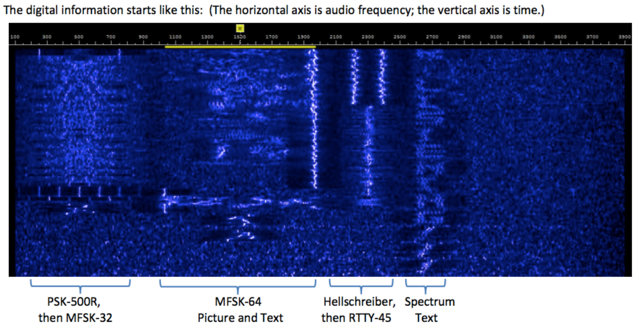My good buddy, Dave Richards (AA7EE), recently shared this message with his friends, many of whom do not know a lot about shortwave radio (yet):
“I’m waking up very slowly this morning – was up until 4:30am listening to the 49 meter shortwave band on a new receiver I’m building, dubbed “The Sproutie Regen” after my cat Sprout. “Regen” is short for regenerative, which refers to the type of circuit used in this receiver – it was developed by Howard Armstrong in 1915 and is 100 year-old old technology. Most of the parts are fairly new, with the exception of the tuning dial, which was made by a company from Massachusetts, called “National” – it’s probably around 50 – 70 years old, and the tuning capacitor, which is around 50 years old but had never been used. It was “new” in it’s box.
It’s not finished yet – will look a bit more spiffy when it’s done, but these are what its bones look like. 49M was fascinating last night. I heard an American propaganda station broadcasting to North Korea (The Voice Of Hope), and being jammed by the DPRK, an American propaganda station broadcasting to Cuba (Radio Marti), a very low power broadcaster from Canada, as well as Radio Habana Cuba, Radio Australia broadcast in Pidgin, Radio China International, as well as the Chinese domestic radio service (which Mao Tse Tung wanted all citizens to listen to), and a host of other broadcasters from all over. It was a fascinating cornucopia of signals from our very diverse world – and all on a receiver I built myself using 100 year-old technology.
I had trouble sitting in front of the desk because Jingles the blind kitty had curled up on the circular cushion on the chair and was happily sleeping. I somehow managed to squeeze myself in next to her and she is still napping here on the cushion next to me.
I love these late night sessions. It’s just me, a cup of coffee, a shortwave receiver to listen to far-off lands, and a lovely little furry creature slumbering next to me. Perfect. As some people in this part of the San Francisco Bay Area might say, ‘my natural vibrations are perfectly aligned with the planets and receiving much abundance.’
As for me, I’m just having a good time, thank you.”
Like it, too? Follow Dave, Jingles, Sprout, and all of his homebrew adventures via his excellent radio blog.



